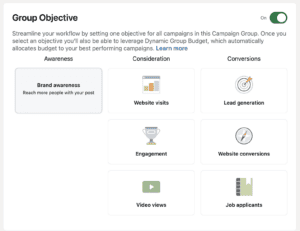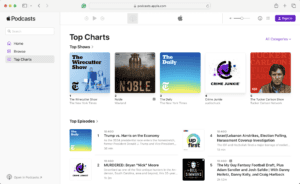Before you can create content, it’s a good idea to know who you’re creating that content for. Defining your ideal podcast listener will give you the best shot at creating content that connects with an audience. Before you get started, we recommend downloading our streamlined Listener Avatar worksheet to put your thoughts down on paper.
So, who are you podcasting for?
There are a number of factors to consider when deciding who it is that you’re podcasting for. Are you trying to appeal to a certain age group or location? Are you targeting people with a specific interest or perspective?
You also have to consider will your content address your audience’s troubles and pains or aspirations and dreams? Many people’s wants and needs tie into either alleviating their problems (troubles and pains) or meeting their goals (aspirations and dreams) and they consume content that they think will help with those things.
One way to get started is to create a listener avatar. Create an individual that represents your listeners. Give this person a name, a picture, and a backstory. Think about where they live, what kind of work they do, what their family situation is.
Once you have a detailed listener avatar in mind, you can think about how your podcast can best serve that listener. Would this person prefer longer or shorter podcasts? What type of social media would they use to connect with you? What sort of content is this person looking for? By crafting content to appeal to your listener avatar, you’ll create content that will appeal to people who belong to that niche.
Next, think about how and where you connect with the people who will be your intended audience.
Online forums? Social media? Don’t forget to consider offline groups as well. Would your coworkers appreciate your content? Your fellow members of the PTA? Your church group? How about your friends and family?
As you consider these different types of groups, listen to what the people in them are saying. What are their problems? What are their interests? What type of advice are they looking for? How can you create content that will address those interests and concerns?



